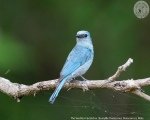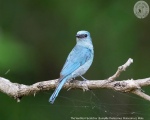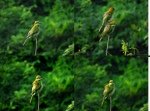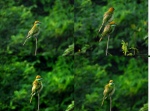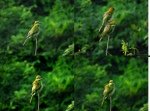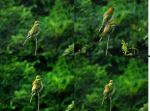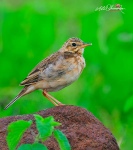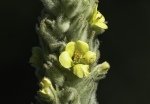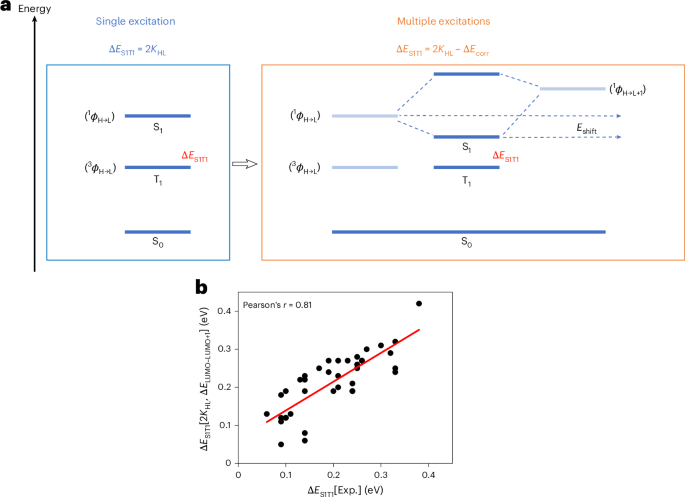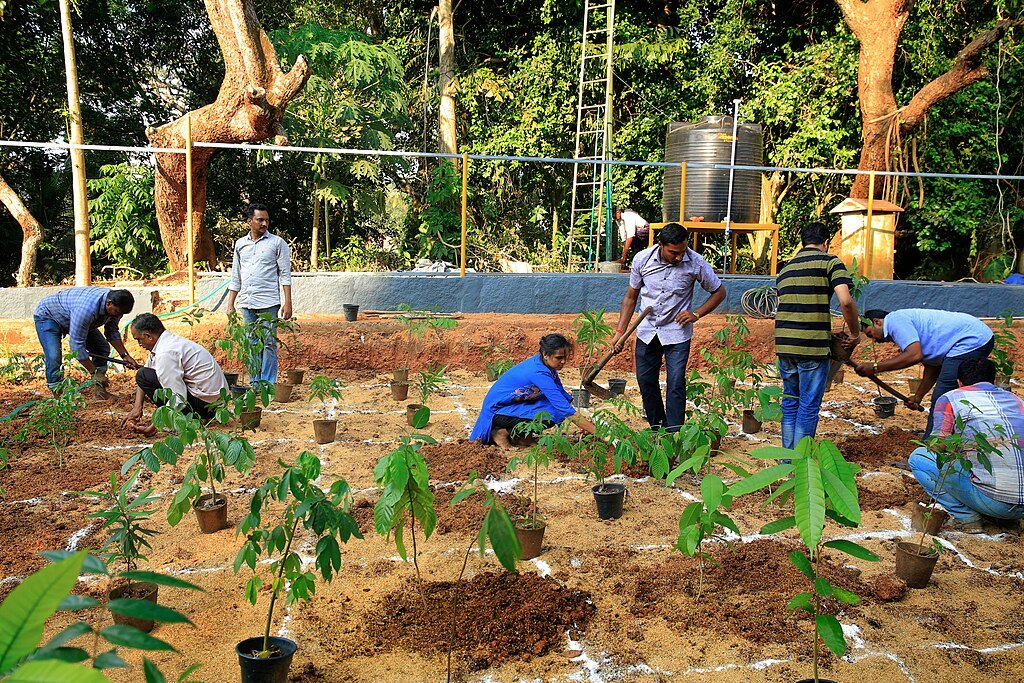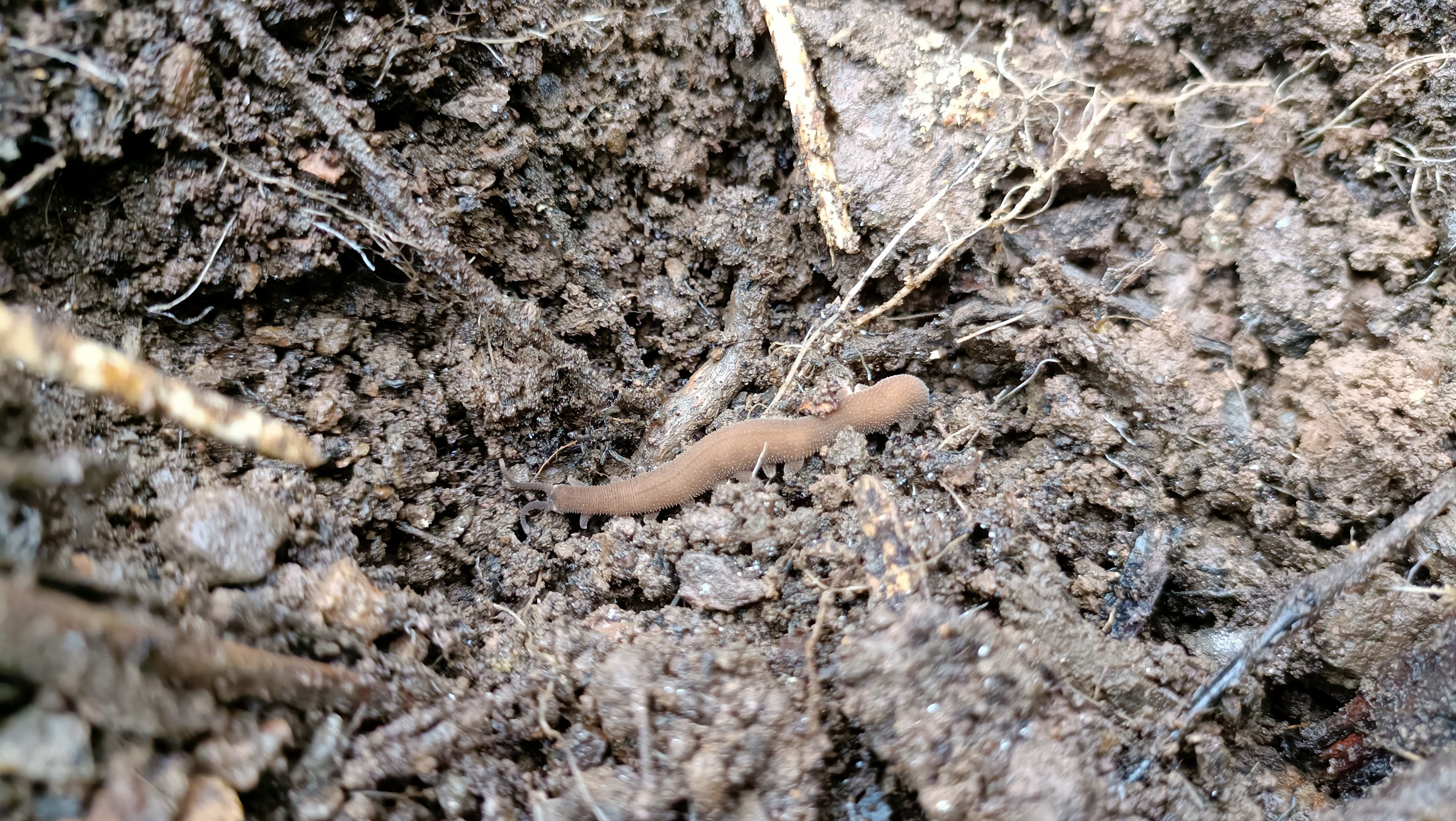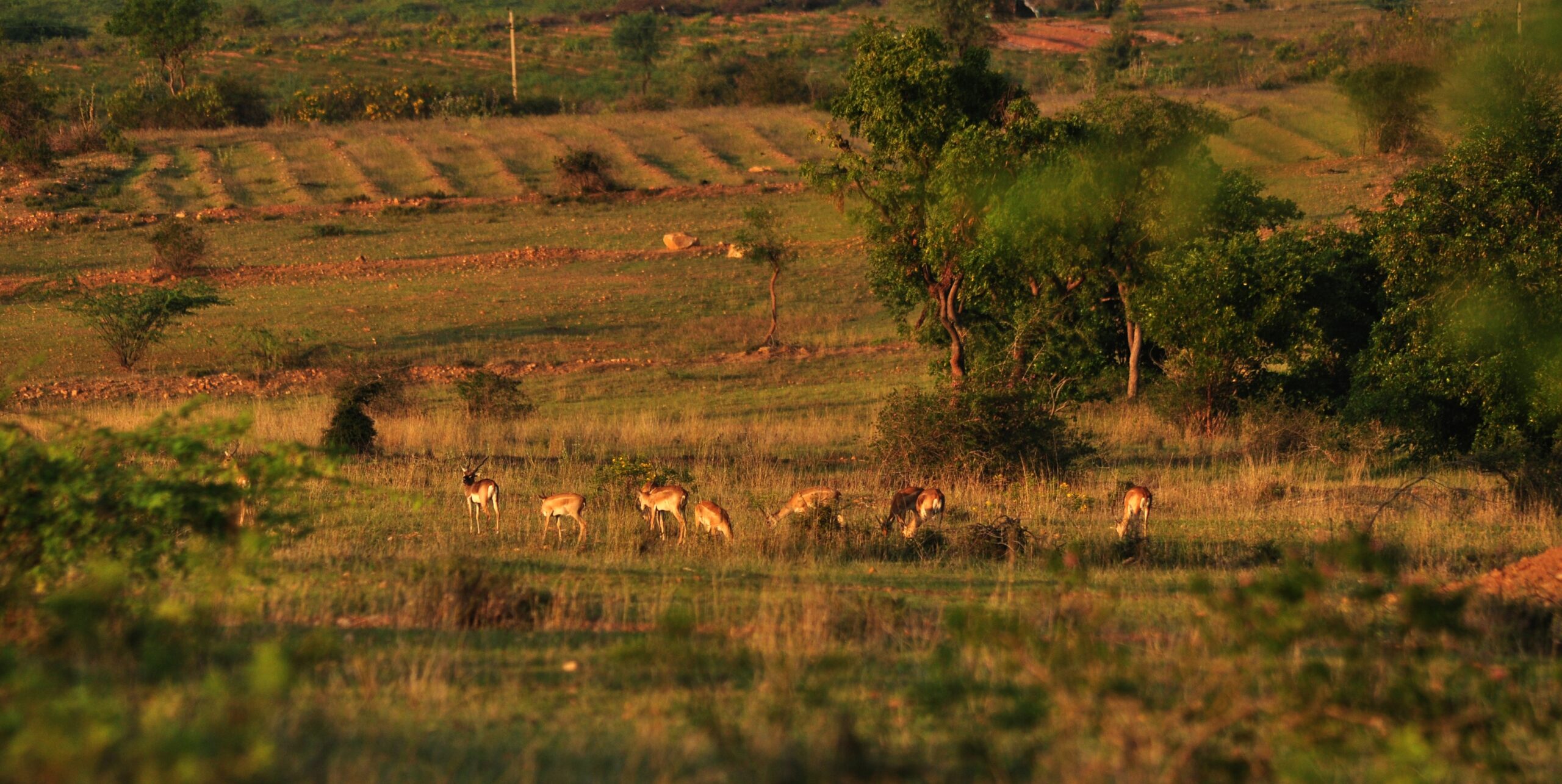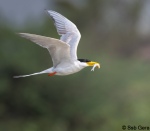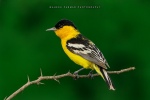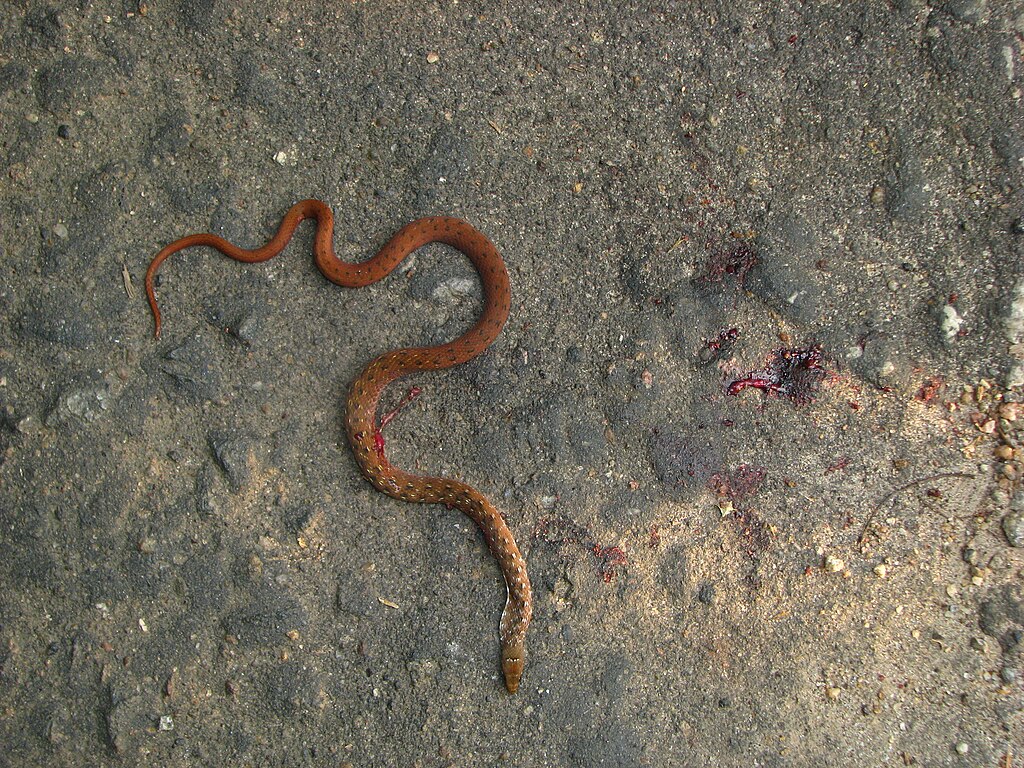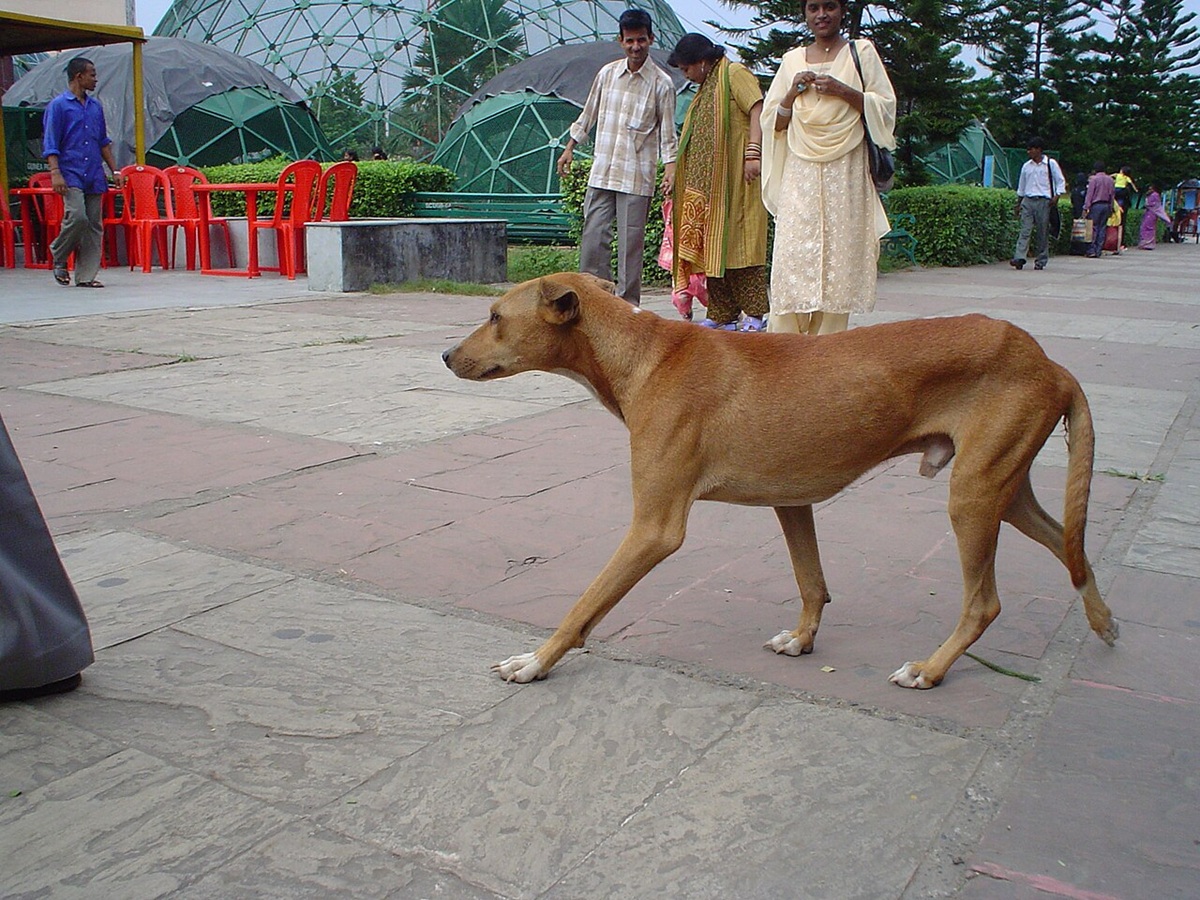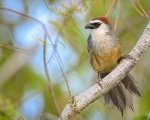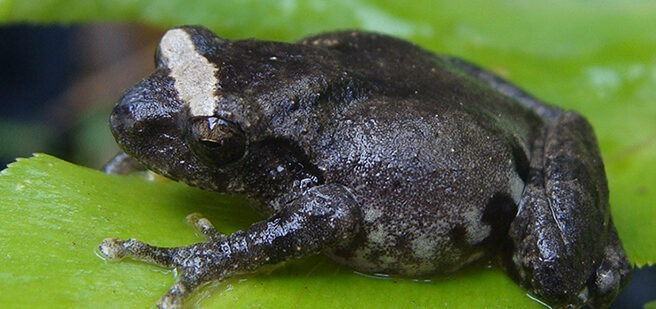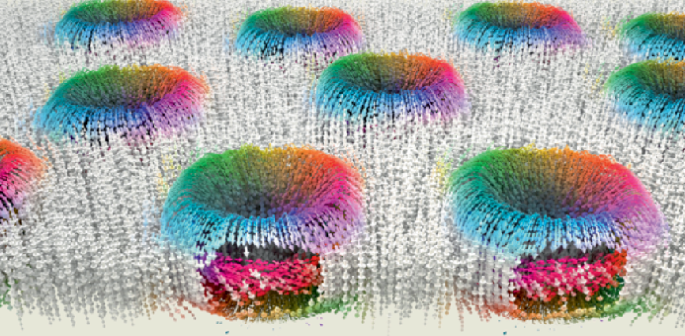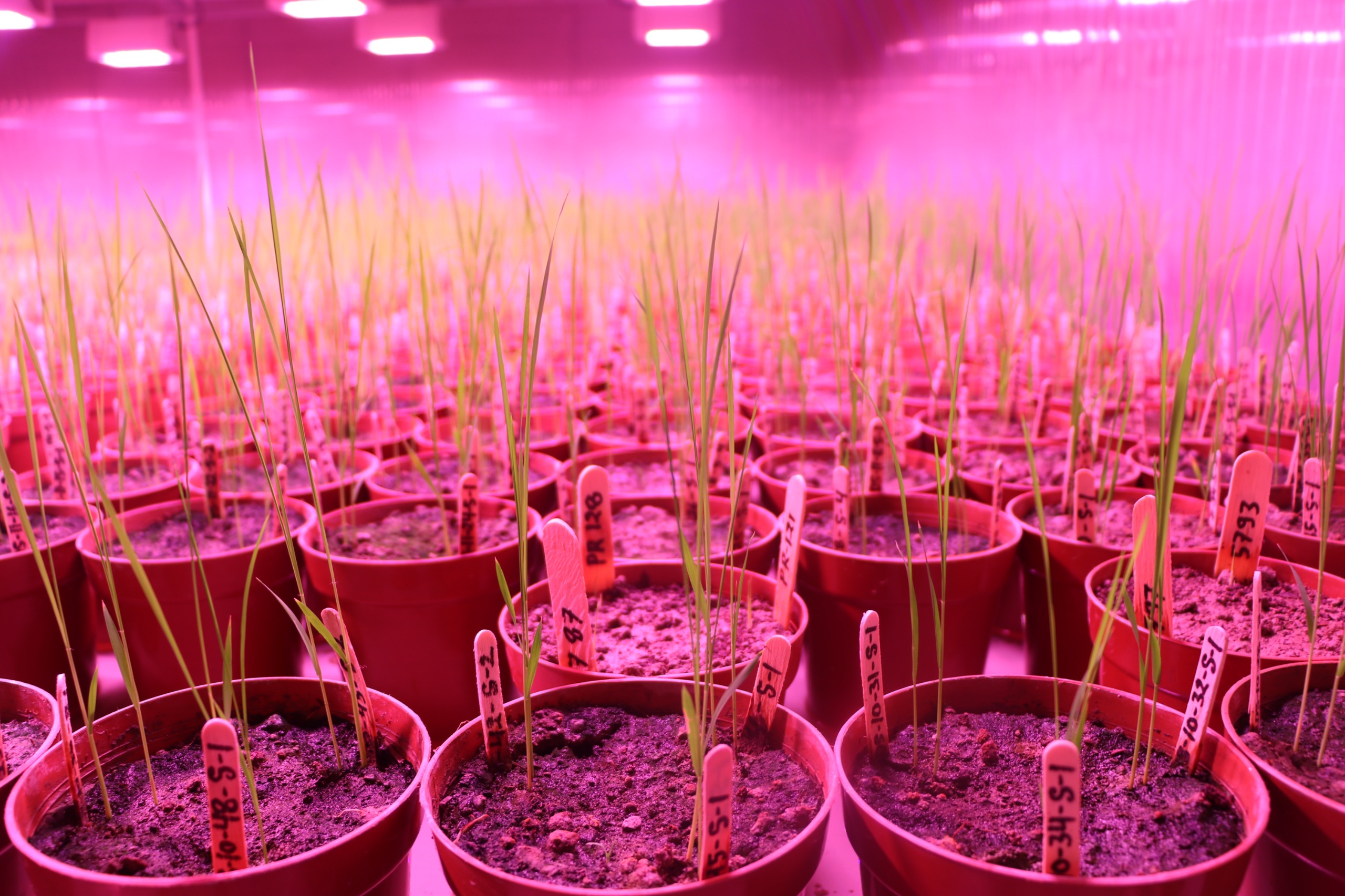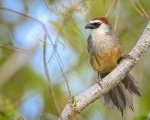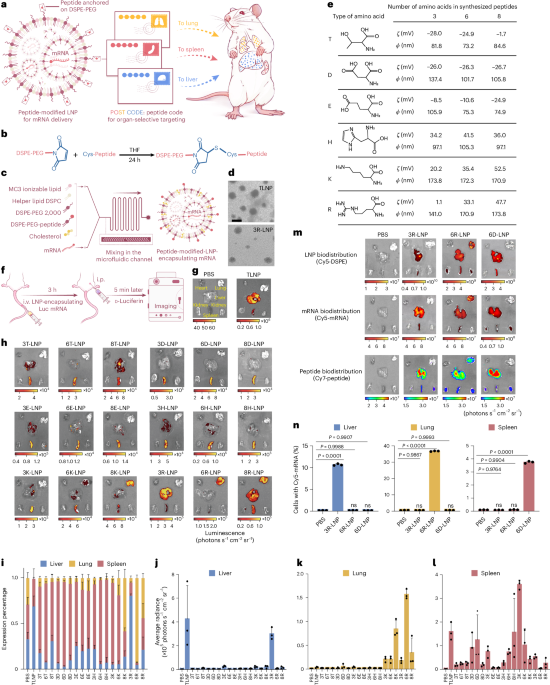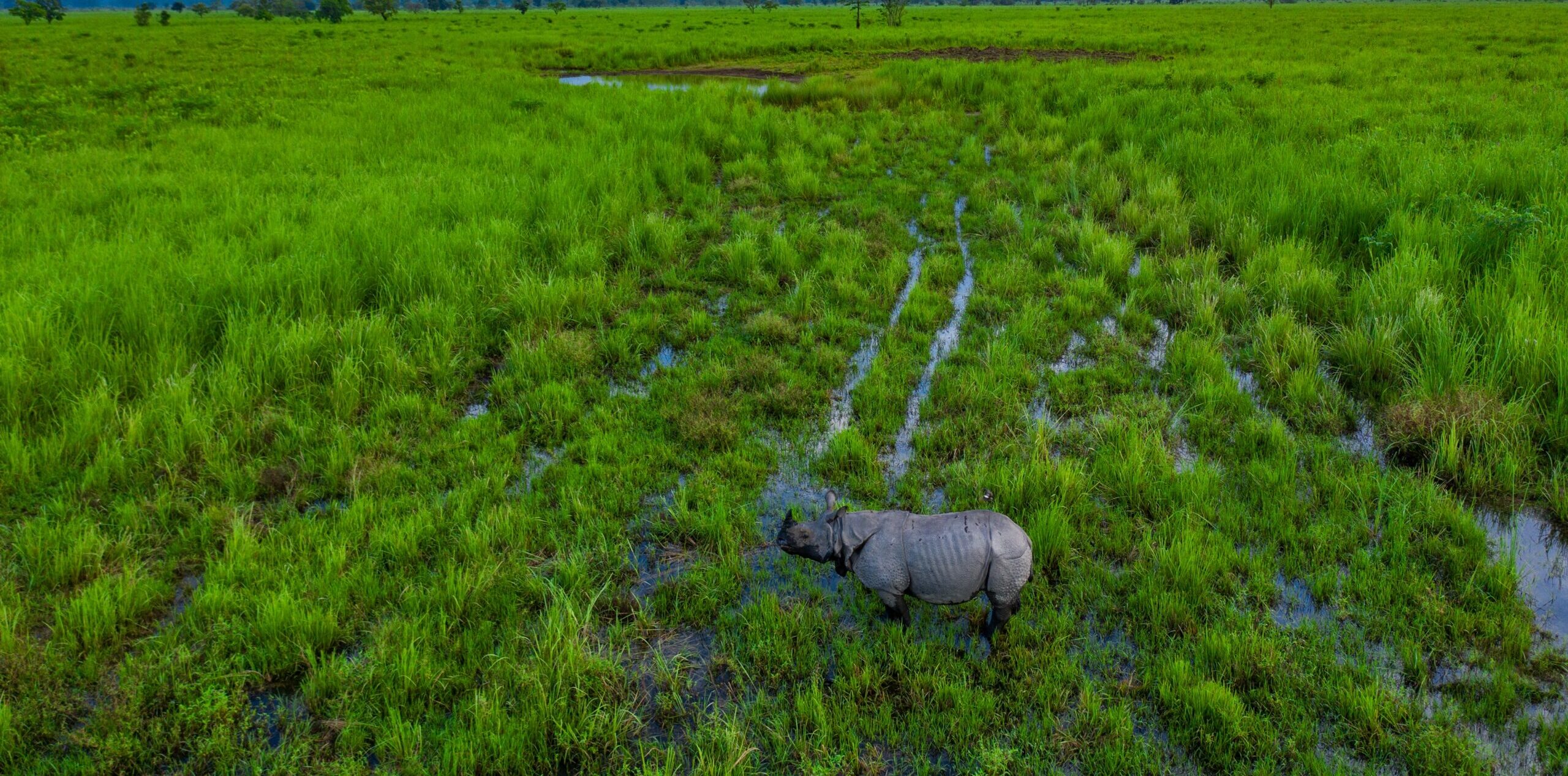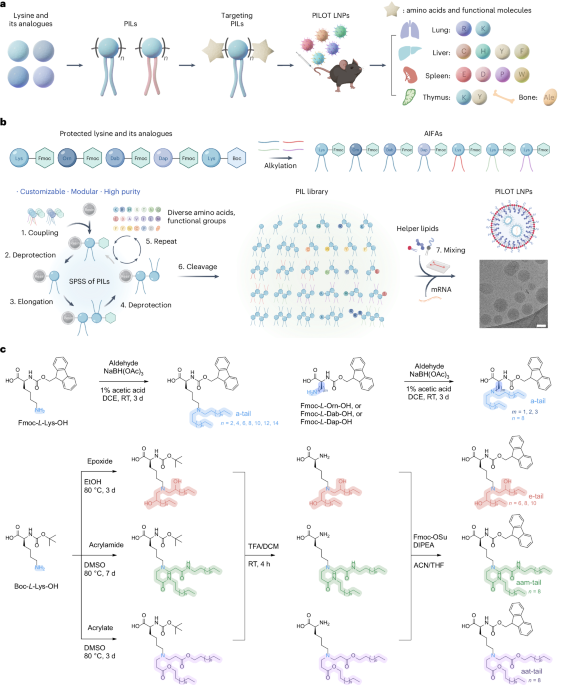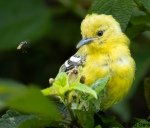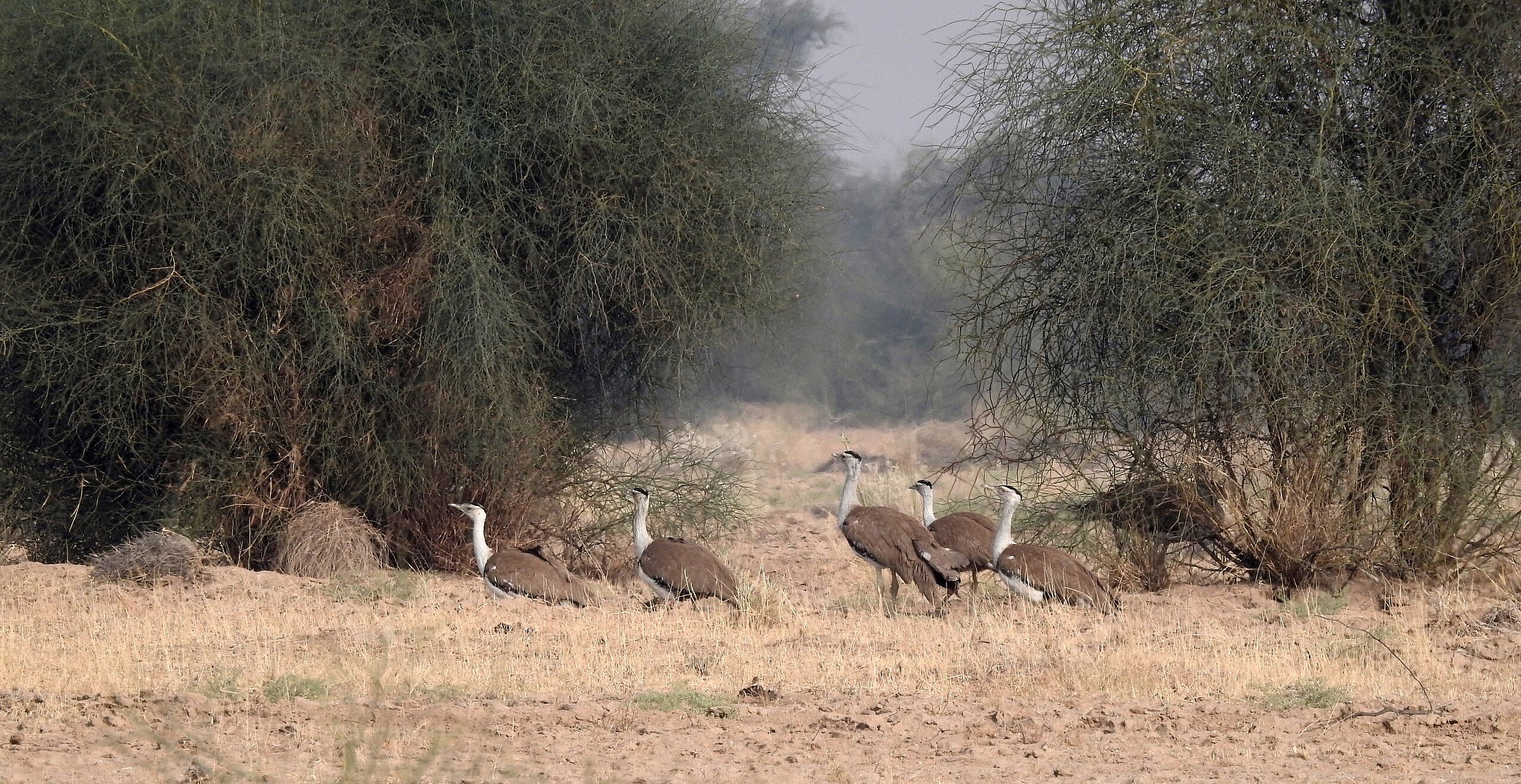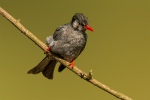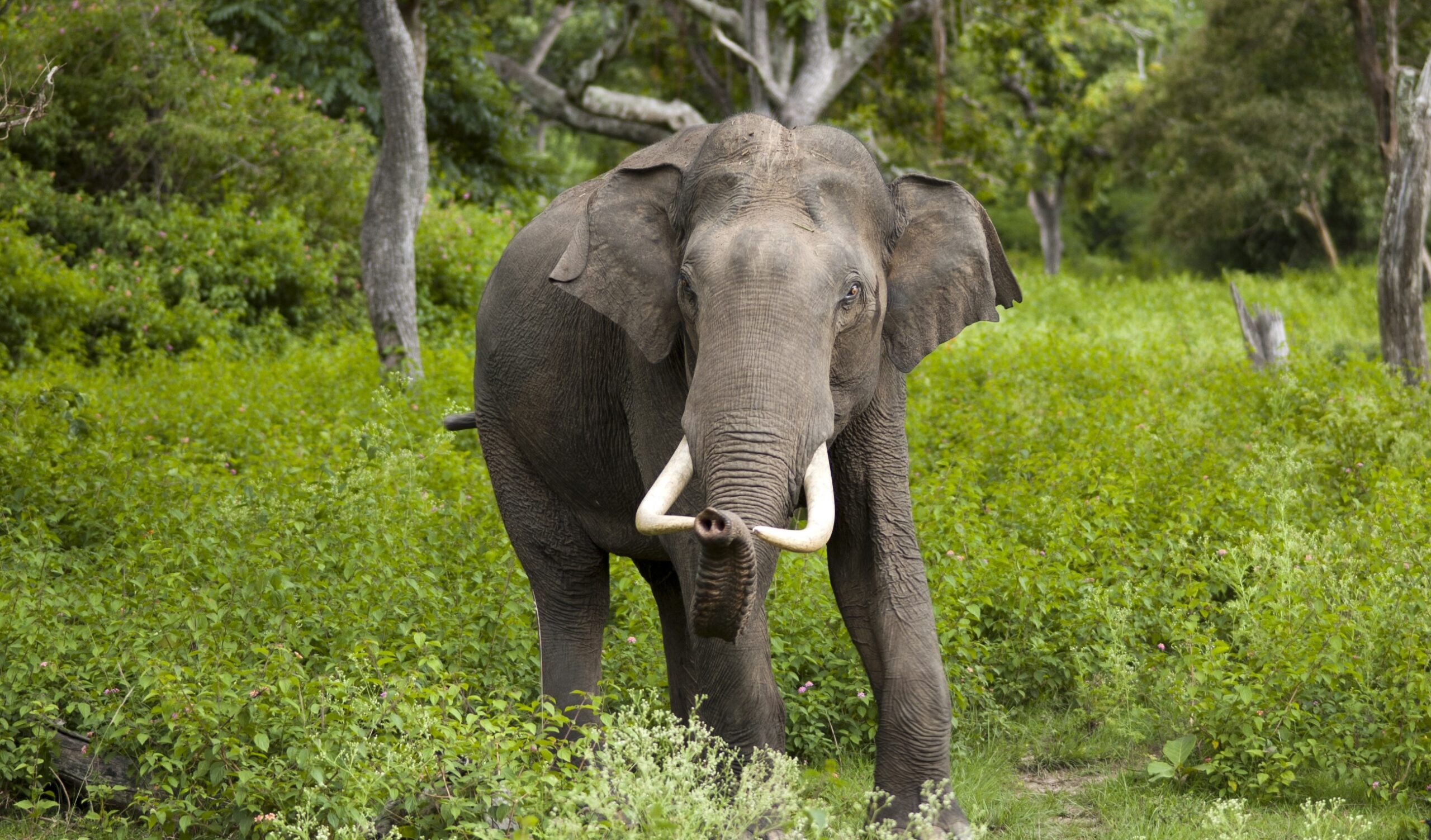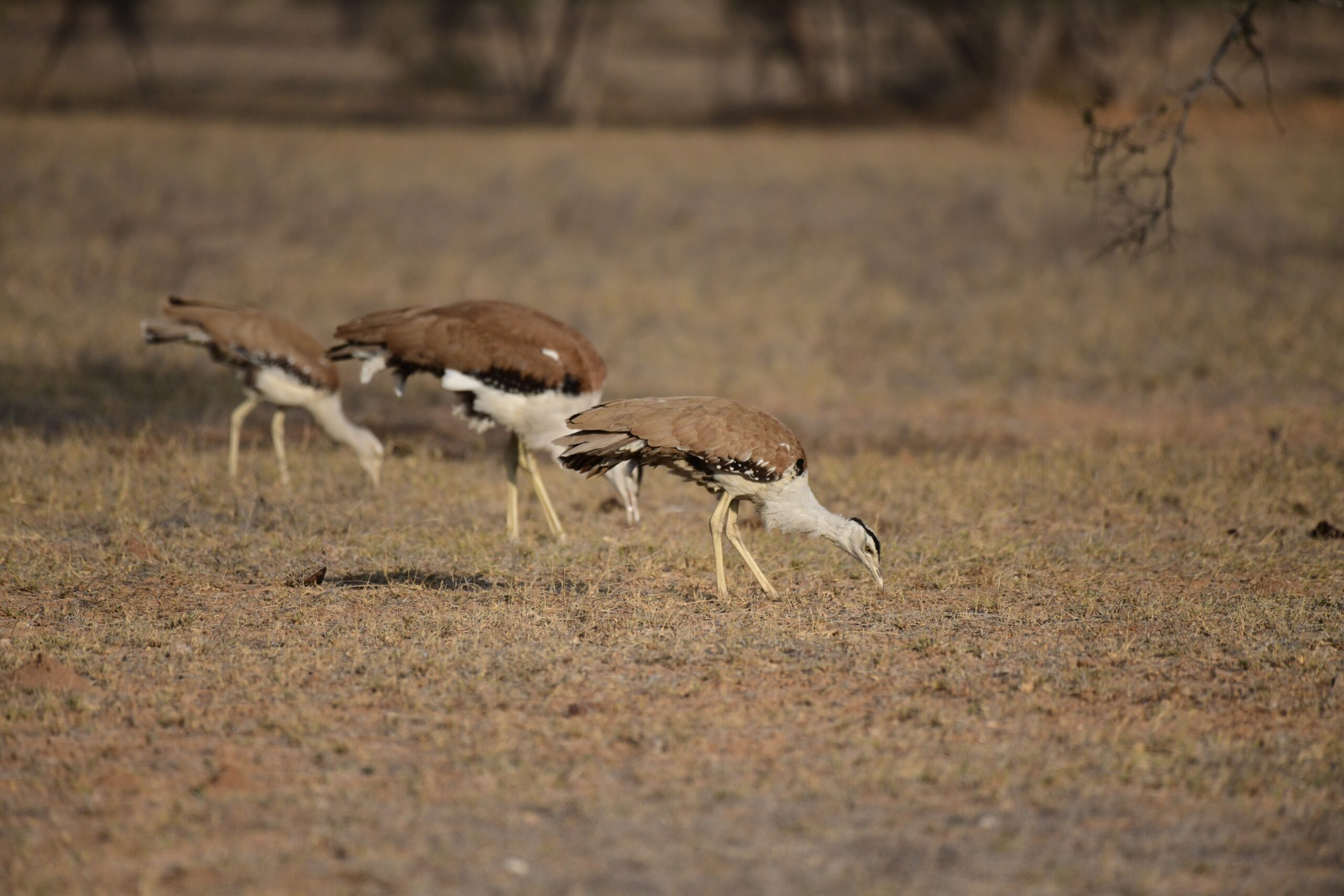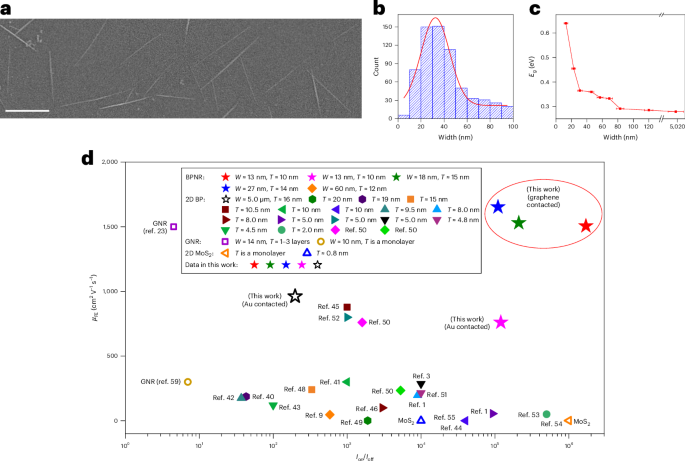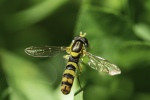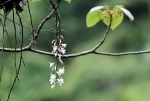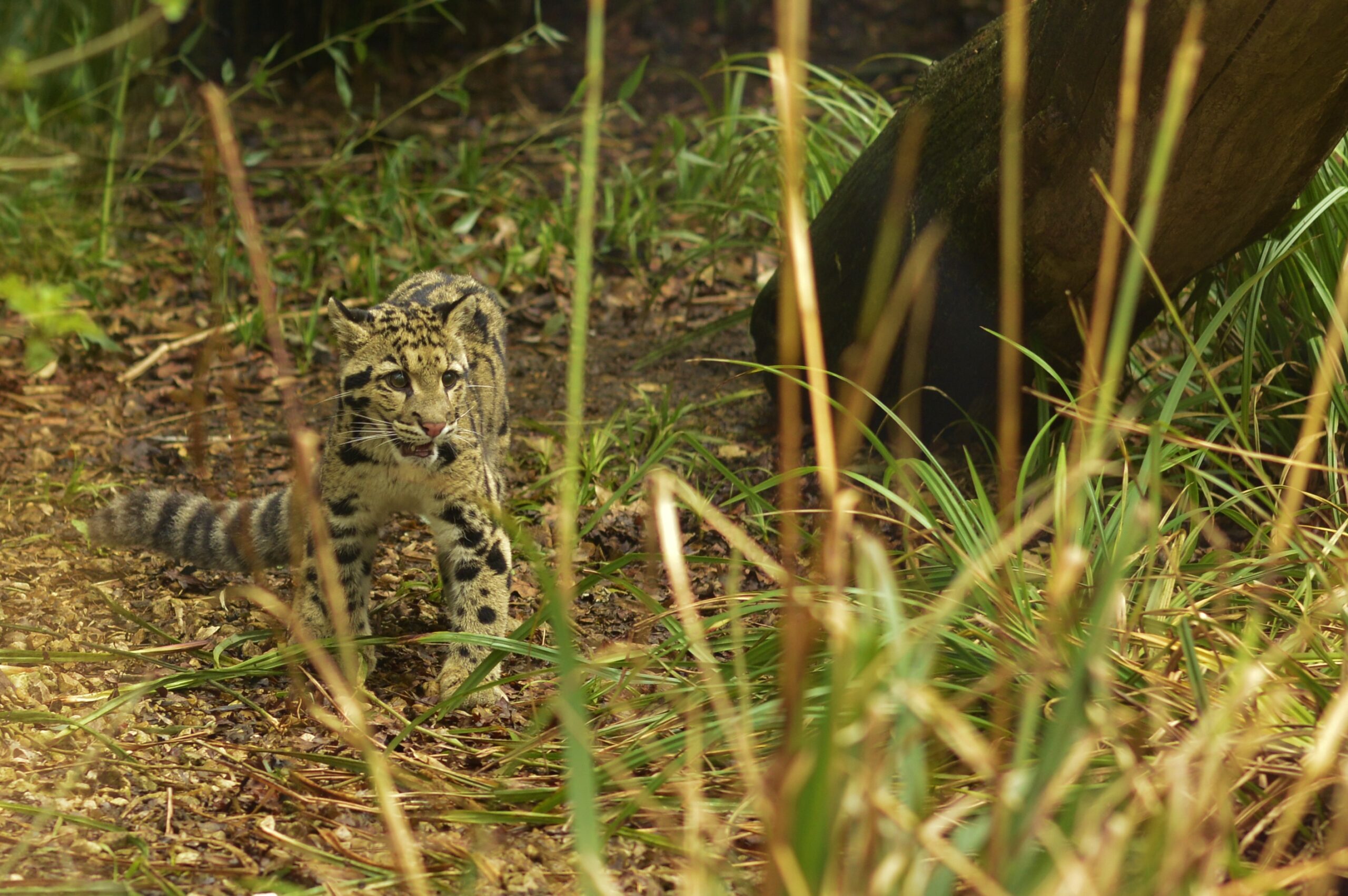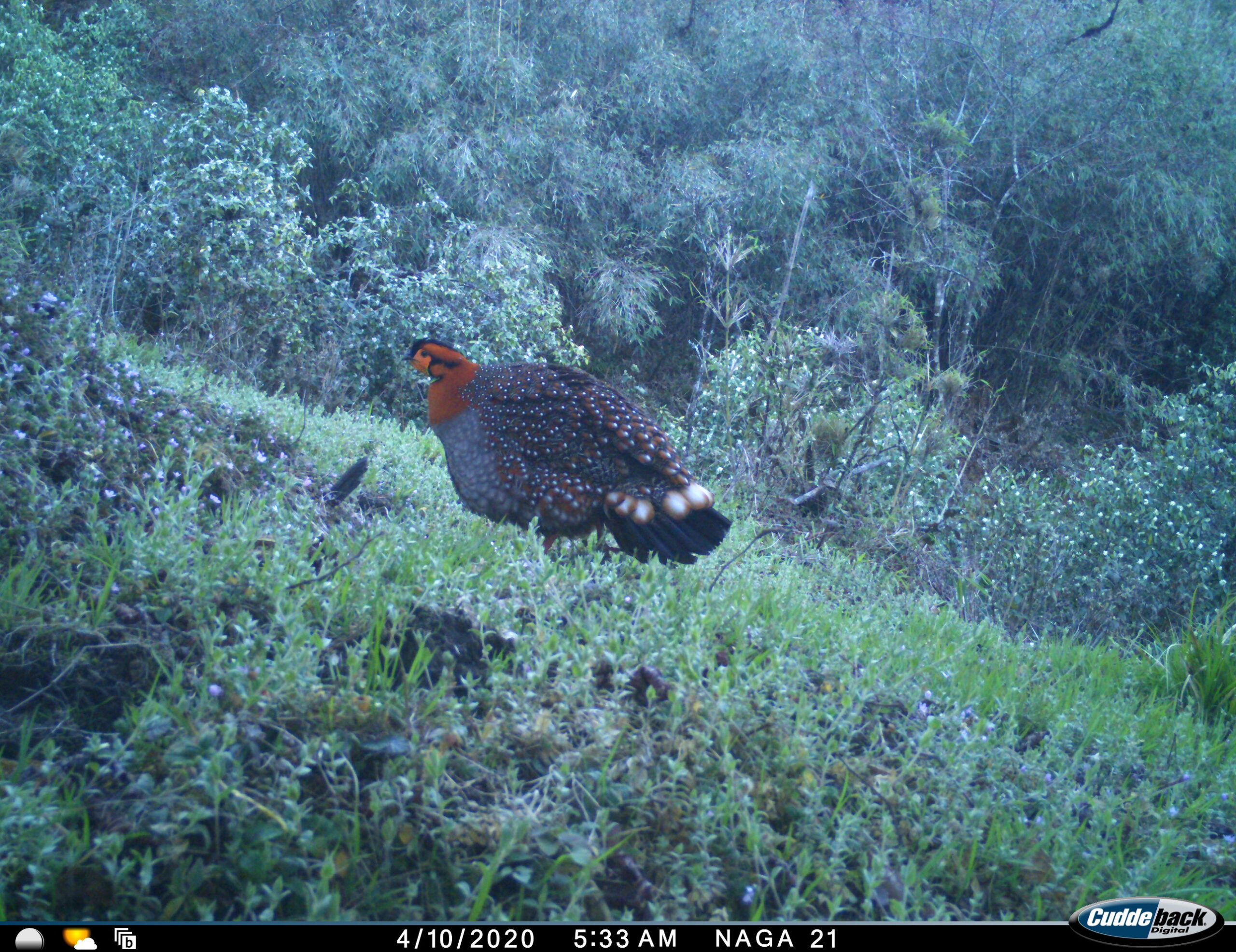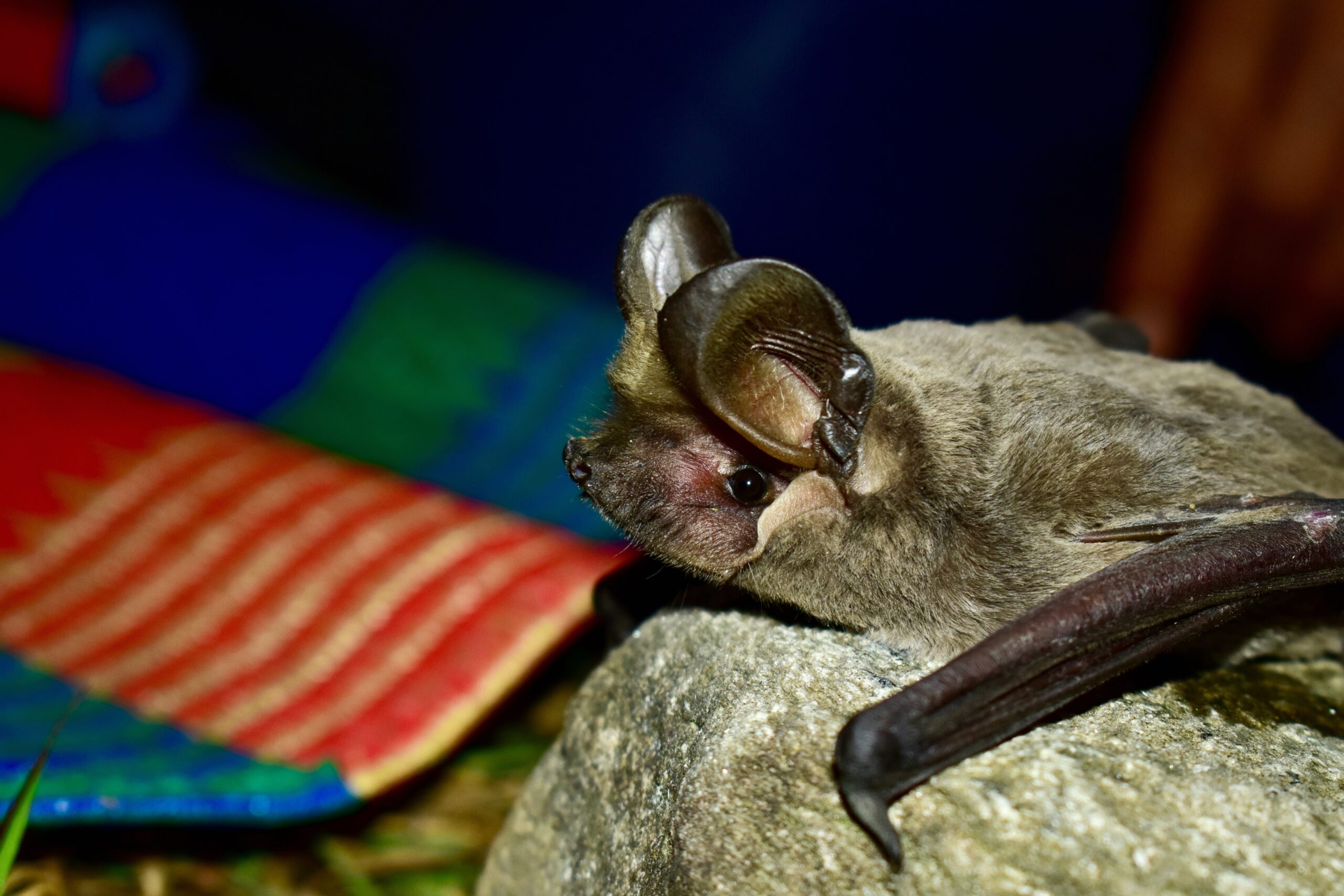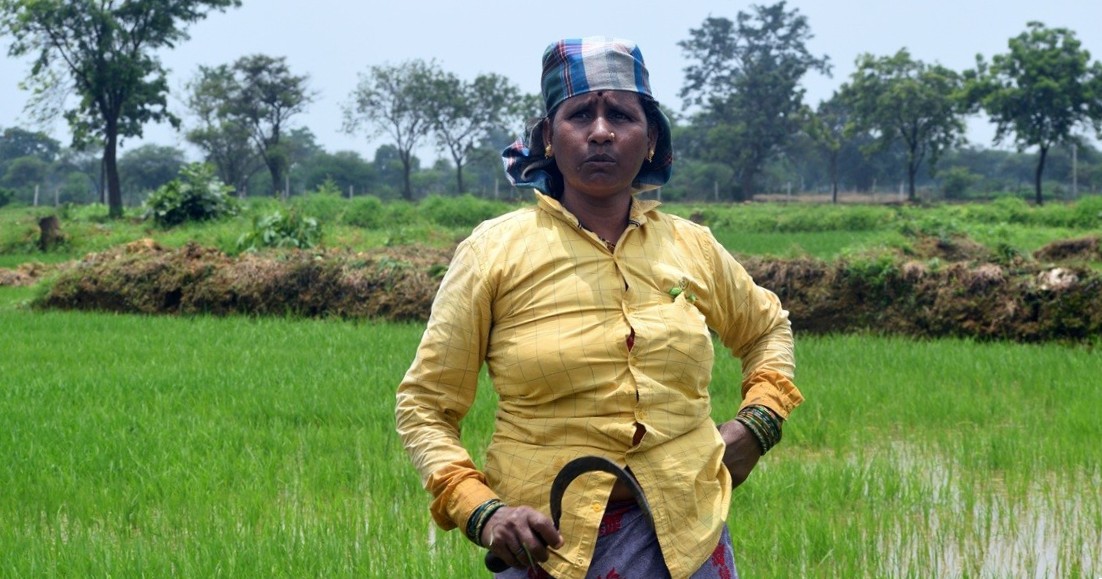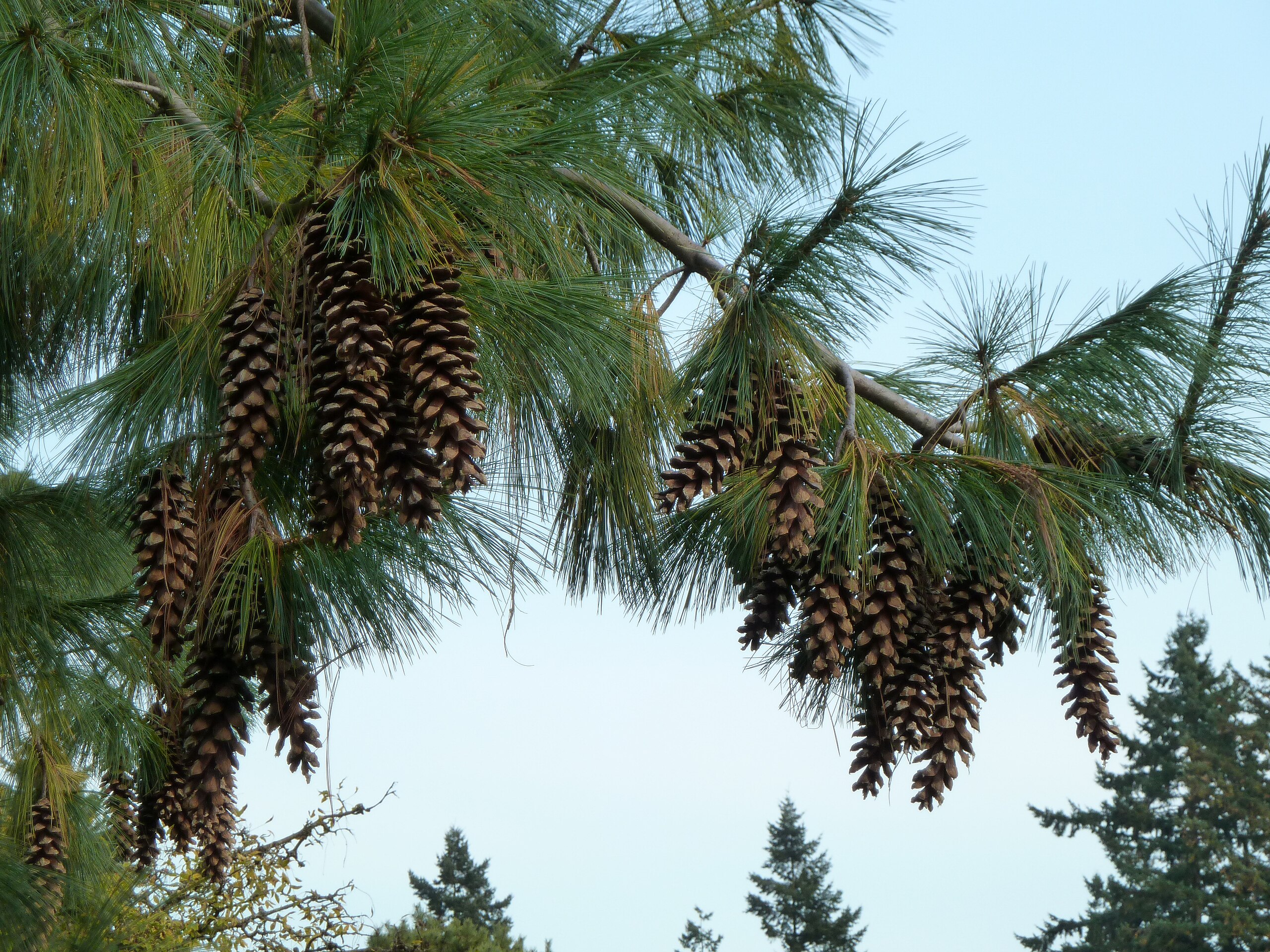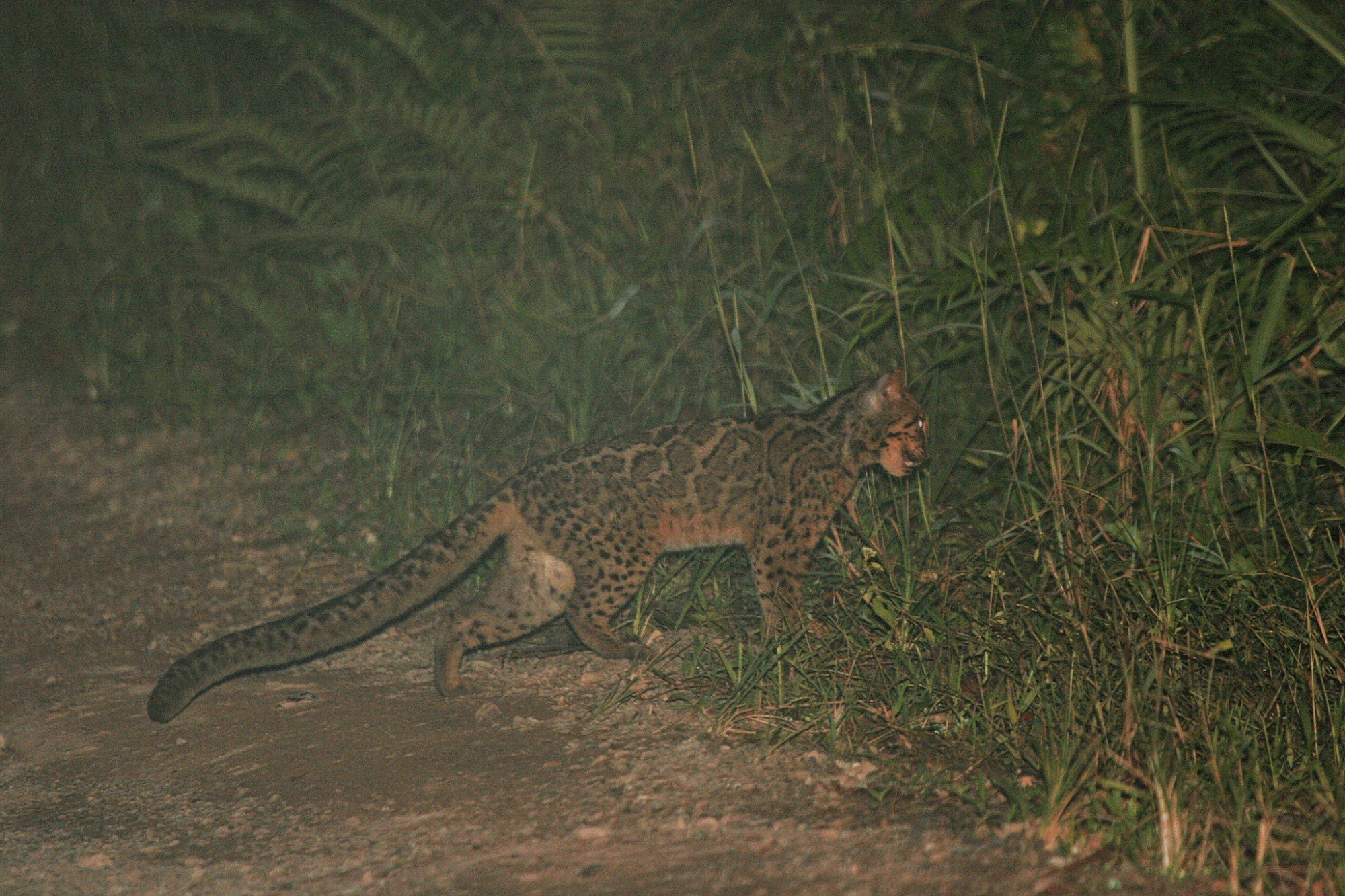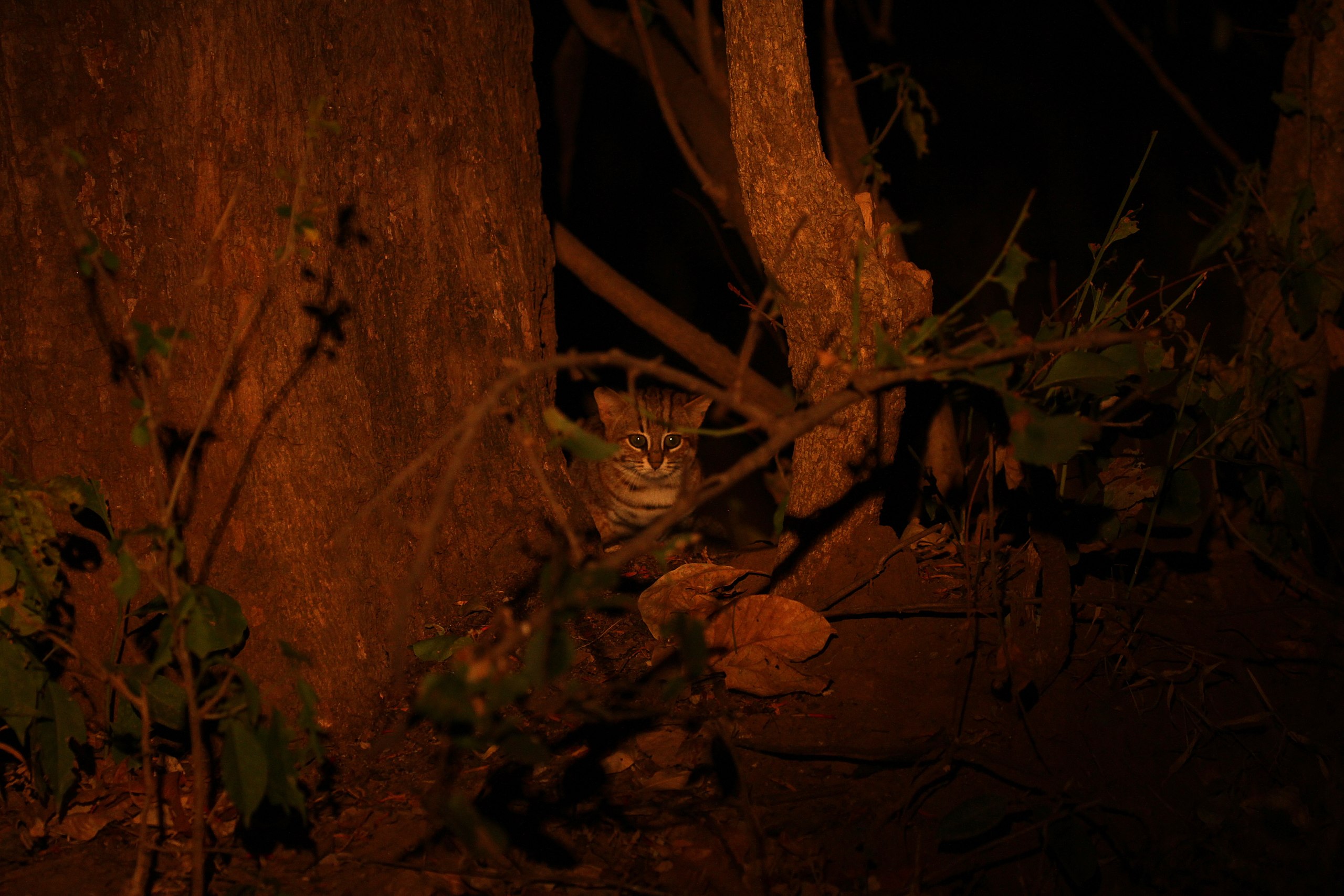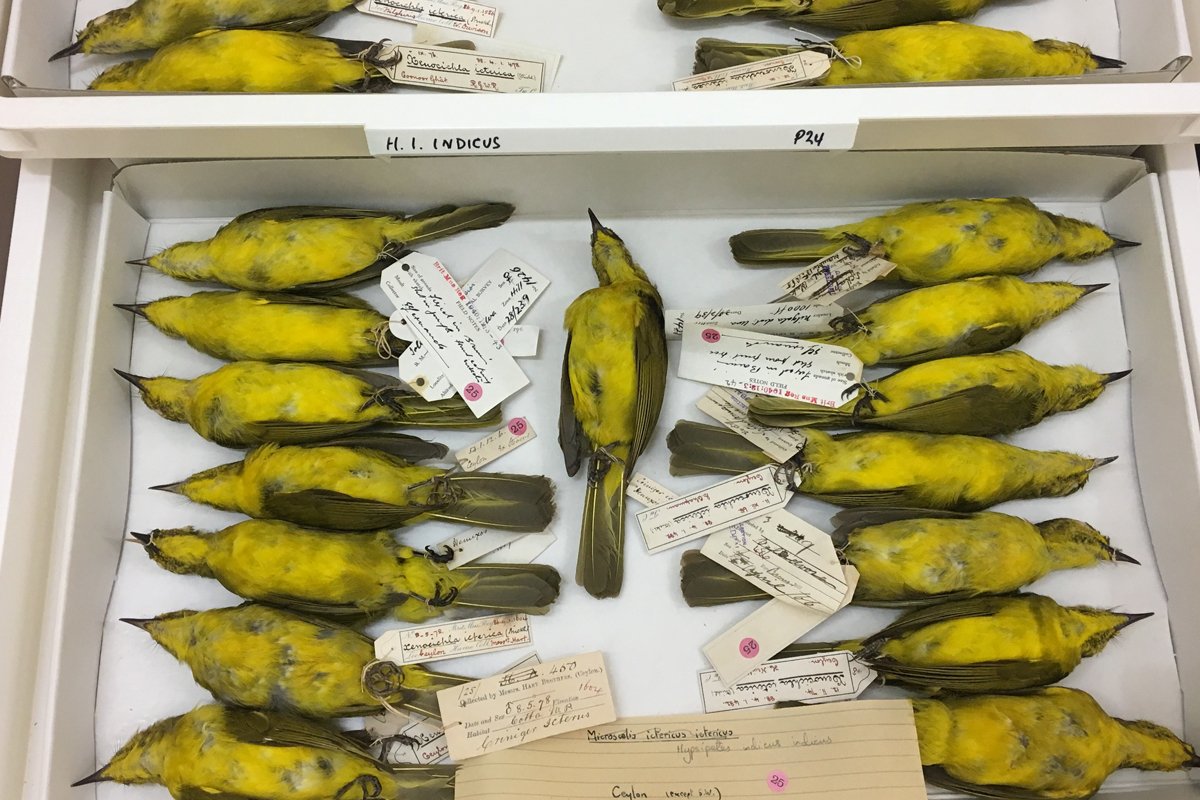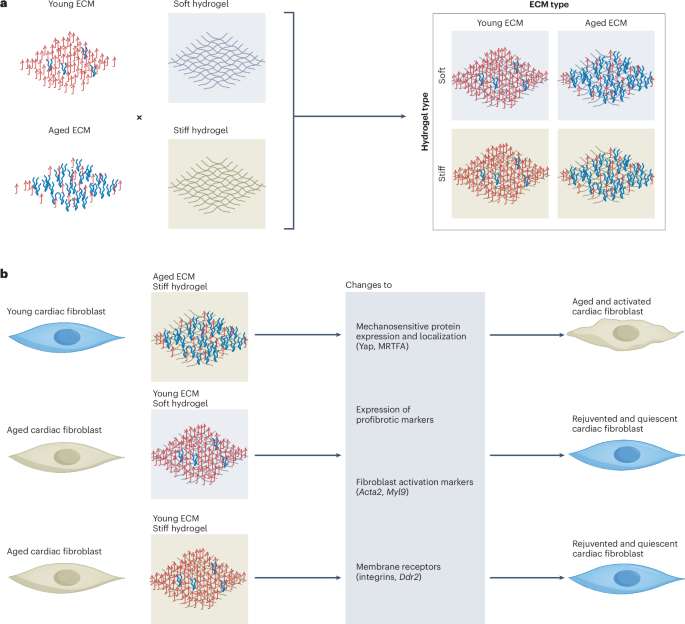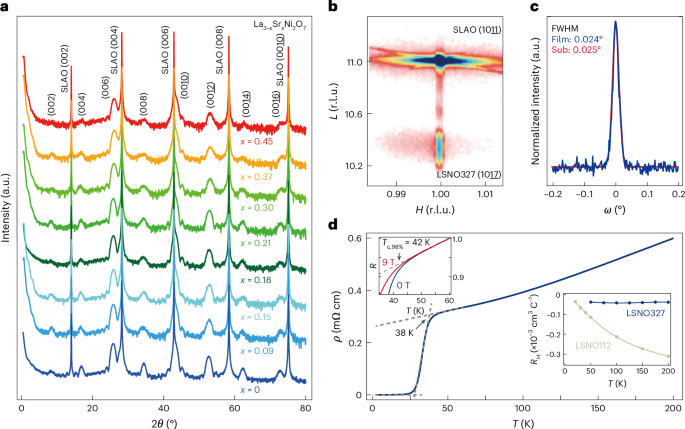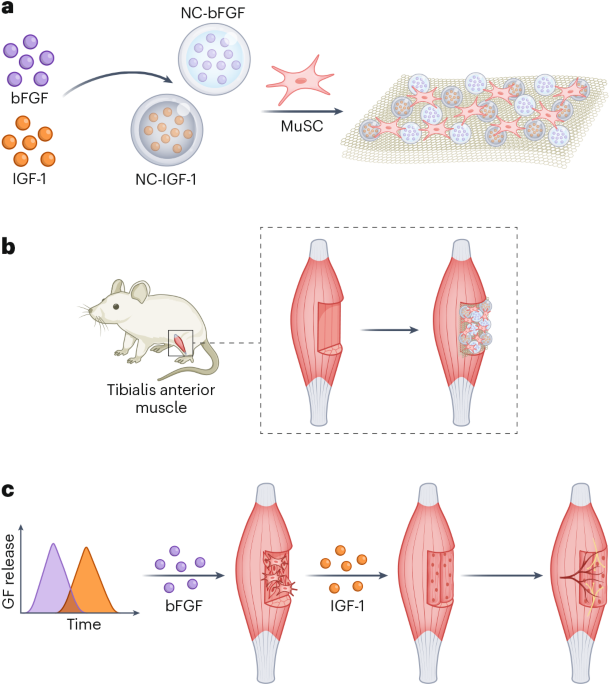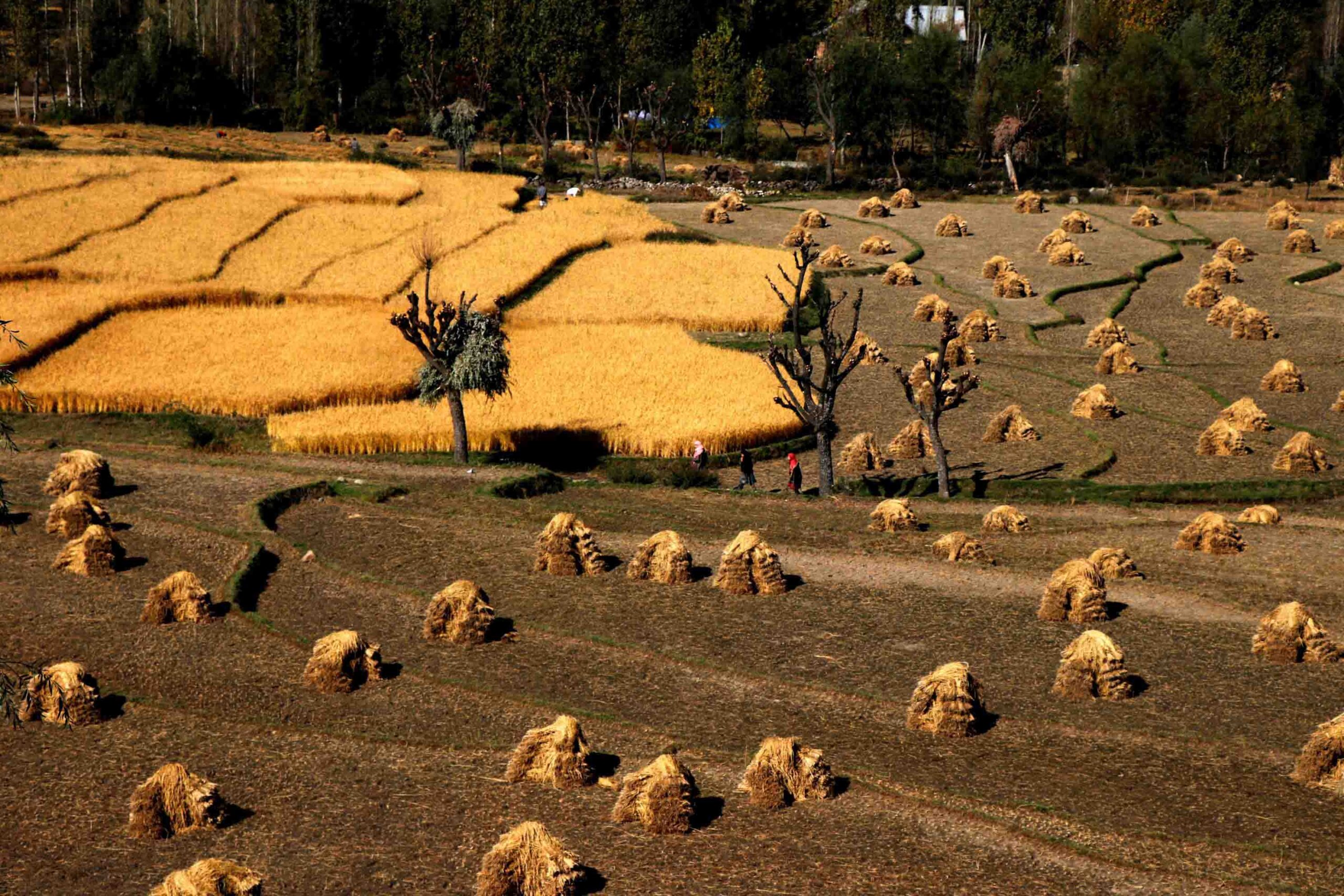
- A new DNA test can now help reliably tell apart wild common quails from their farm-bred cousins, the Japanese quails.
- Wild common quails are often sold as Japanese quails in small markets, roadside stalls, and highway eateries, creating a blind spot in enforcement.
- Researchers cracked the challenge using a cost-effective genetic technique accessible to forensic labs.
- The case highlights deeper issues around overlooked species and small-bird hunting.
A tip-off led Yadav Tarte Patil and a team of forest officers to a market in Amravati, Maharashtra. There, they found live wild quails being sold illegally. The birds, common quails (Coturnix coturnix), were passed off as their look-alike cousin, the Japanese quail (Coturnix japonica), which is legally farmed in India. Patil, a wildlife conservationist and former member of Maharashtra’s State Board for Wildlife, could tell them apart. However, for most others, including enforcement staff, distinguishing between the two is nearly impossible, especially when it comes to the bird meat.
That similarity has created an enforcement blind spot. Now, researchers from Indian institutions have developed a DNA-based method to reliably distinguish between the two species. The technique could provide legal evidence for wildlife crime cases and support conservation of an overlooked species.
In India, when someone orders quail meat or eggs, it’s assumed to be from the Japanese quail that is bred for poultry farming and widely sold across the country. But roadside stalls, highway dhabas, and small-town markets sometimes stock wild-caught common quails. “These trades are typically local and small-scale,” says Rahul Kaul, an ecologist and former CEO of Wildlife Trust of India. “It’s hard to monitor or regulate such hunting. Plus, quails don’t attract much conservation focus because they’re classified as least concern under the IUCN Red List.”
Yet their legal status in India is clear: wild common quails are protected under the Wild Life (Protection) Act. Hunting and possession are illegal. It’s this near-identical appearance that prompted Ram Pratap Singh, an expert in Japanese quail breeding, to address the issue. “The confusion affects both conservation and the quail farming industry,” says Singh, now at the Central University of South Bihar.
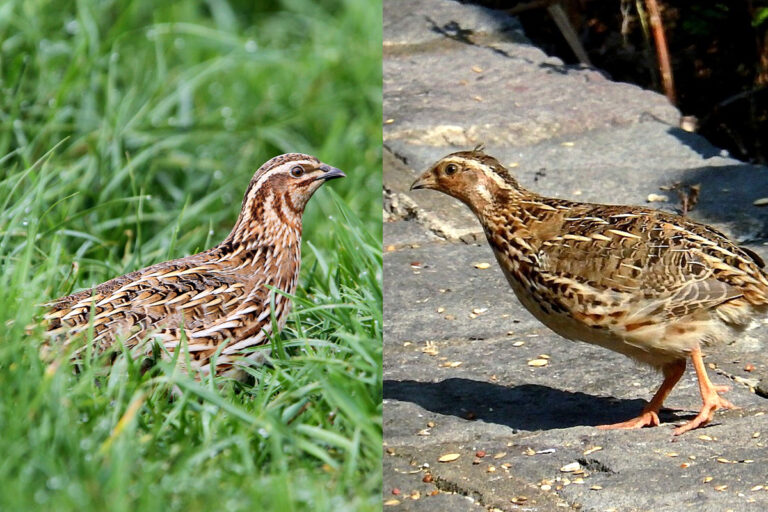
Cousin confusion
Common quails are small, round, ground-dwelling birds of open farmlands and grasslands. Though usually seen skittering across the ground, these shy birds are capable of long-distance seasonal migrations. As per a global analysis of quails published in June 2025, common quails are the most widespread, with a migratory range spanning Europe, Asia, and Africa. “Despite being widespread, there is little data on their distribution and migration within India,” says Kaul, also a co-chair of the IUCN SSC Galliformes Specialist Group that studies quails, partridges, pheasants, and other landfowl.
Japanese quails have followed a different path. Native to East Asia, the species was once prized in Japanese imperial courts for its distinct call, says Singh. Over time, it was domesticated and selectively bred for its eggs and meat, and was introduced to several countries. In 1990, it became the first bird species to both travel to space and hatch there. India imported the domesticated variety in 1974 to boost its poultry sector, where it soon spurred businesses and appetite.
In addition to the resemblance between the two quail species, the presence of wild migratory populations of Japanese quails in northeast India, protected under India’s wildlife act, sparked regulatory confusion. In 2011, the environment ministry prohibited Japanese quail farming. The move disrupted thousands of farmers and government research institutions.
Singh, then involved in developing assisted reproductive techniques for quail, was part of the discussions between the agriculture and environment ministries. “Eventually, the bird was delisted from the WPA in 2014 and farming resumed,” he says. “But the problem of common quail hunting in the name of Japanese quail continued.”
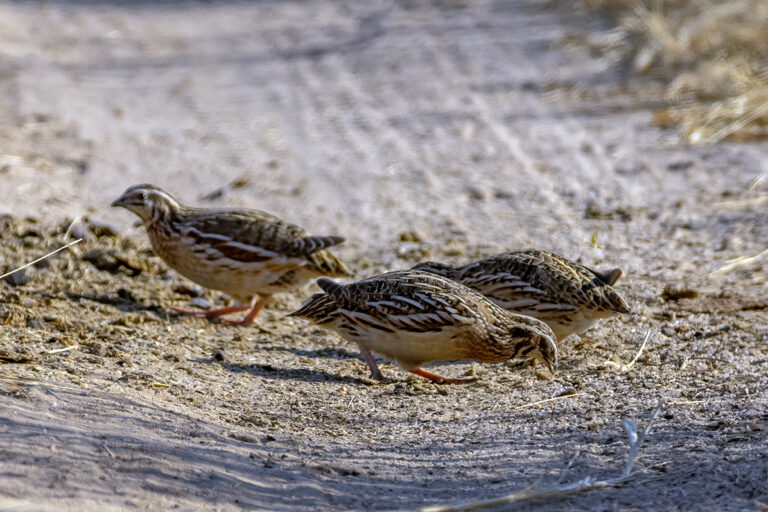
Read more: Sexing by sound: How deconstructed sarus crane duets could help scientists
A molecular solution
To resolve the identification challenge, Singh and colleagues from the Salim Ali Centre for Ornithology and Natural History (SACON) and the National Institute of Animal Nutrition and Physiology, developed a species-specific DNA test, which was published in May 2025. As part of the National Avian Forensics Lab at SACON, the team tested a range of molecular approaches, including microsatellite DNA markers, short, repeating sequences often used in genetic studies.
Using tissue samples from road-killed common quails in Maharashtra and market-sourced Japanese quails, they searched the birds’ mitochondrial DNA for unique markers. The results were unreliable for distinguishing between species.
They eventually shifted focus to the COX1 gene, a highly conserved mitochondrial gene used to identify species as it changes slowly and can be compared across organisms. Using a technique called PCR-RFLP (Polymerase Chain Reaction-Restriction Fragment Length Polymorphism), they amplified (created multiple copies of) the COX1 gene from both species and introduced an enzyme to cut the DNA at precise points.
The result: when visualised on a gel, samples from common quails show two distinct DNA bands after being cut by the enzyme, while those from Japanese quails remain intact. The test proved accurate and repeatable across all samples, eight Japanese and two common quails. Singh says it can be run with standard forensic lab equipment and no expensive sequencing is required.
“DNA methods are easily available, provide quick results, and provide reliable evidence in wildlife cases,” says Chief Conservator of Forests, Wildlife (West), Mumbai, Jitendra Ramgaokar. He also notes that these cases are occasionally found on the outskirts of cities and in rural areas, yet they warrant the same attention as hunting any wildlife, which is illegal.
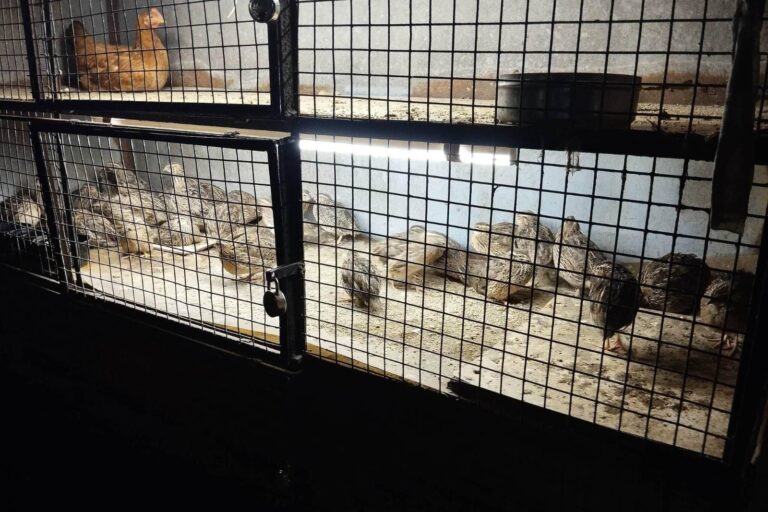
However, Kaul notes what’s often missing is awareness, intent, and interest, especially for lesser-known species like quails.
Patil, part of the Amravati raid, recalls a repeat offender being released on bail multiple times for illegally selling common quails. “There’s often social and political pressure to drop cases. Plus, the paperwork and process to pursue a small case with a few animals is too much,” says Pawan Sharma, a lawyer and founder of RAWW, a Mumbai-based wildlife rescue organisation. “Identifying species in wildlife crime at the right time is a big challenge for field staff. If scientific DNA evidence is used, it could help strengthen prosecutions.”
A species overlooked
Globally, the populations of common quails and wild Japanese quails are declining. However, the recent analysis revealed significant research gaps in Asia and Africa, where many true quail species occur but remain understudied, particularly in comparison to those in North America and Europe. Hundreds of thousands of common quails are trapped and hunted each year along their migratory routes through regions like Egypt and the Balkans. Hybridisation with Japanese quails, particularly in Europe, adds another layer of concern.
The DNA test, while promising, has limitations, acknowledges Singh. It needs broader geographic sampling and testing of hybrids, especially in areas where both species co-occur, to validate the method’s universal reliability.
After recent amendments to India’s Wild Life (Protection) Act, both common and Japanese quails, unless farm-bred, are listed under Schedule II, providing them with higher legal protection. But enforcement remains patchy.
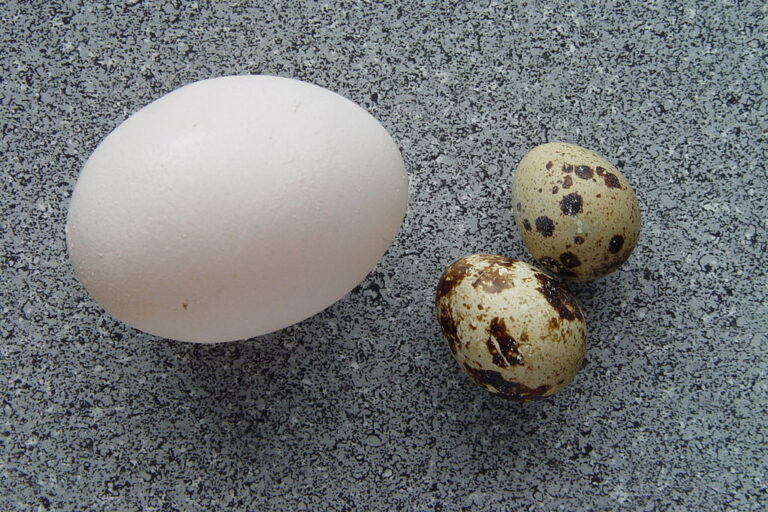
Sharma notes that the hunting of small birds, such as quails and passerines, is widespread in India. “In villages, you’ll often hear people talk about bater (Hindi for quail). They’re hunted because they’re available. It’s worth studying the social, economic, and cultural aspects of consuming them,” he adds. Singh, who has worked to improve quail farming, says Japanese quail meat is healthy, but people still seek out wild quail for its taste and leanness. He notes that many believe quail meat keeps the body warm in winter, a common but unproven misconception.
Read more: Turning to science to find innovative solutions: plant biologist E. V. Soniya [Interview]
Banner image: A common quail. Image by Christoph Moning via Wikimedia Commons (CC BY 4.0).






